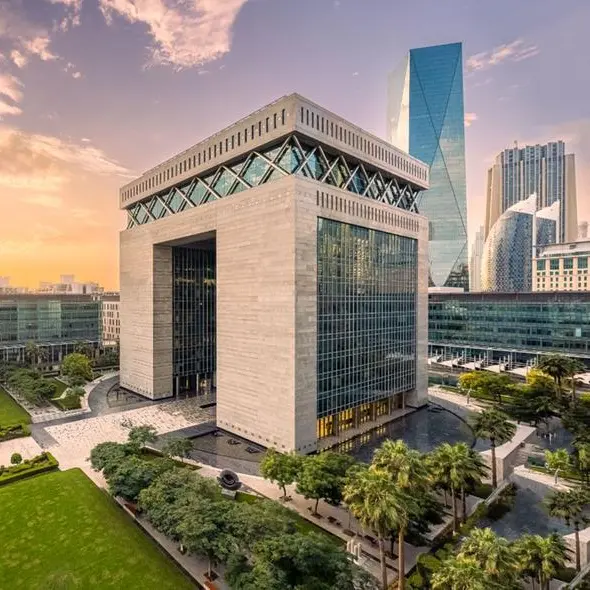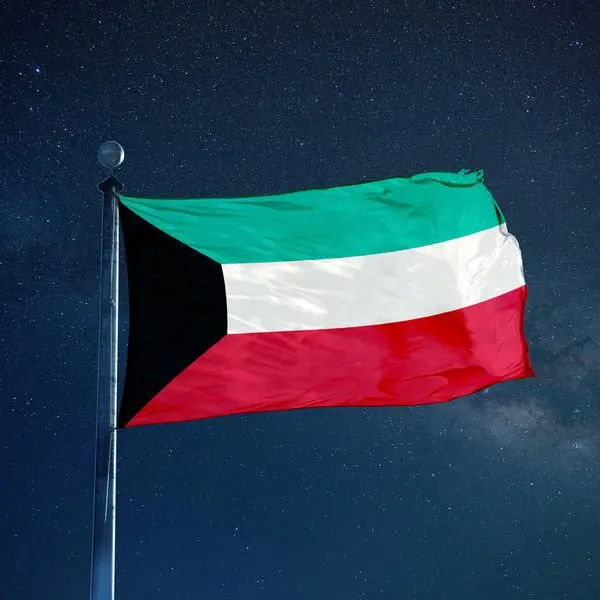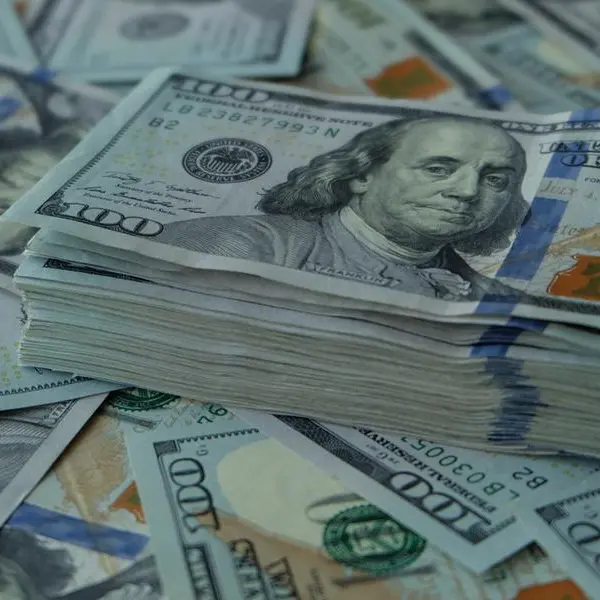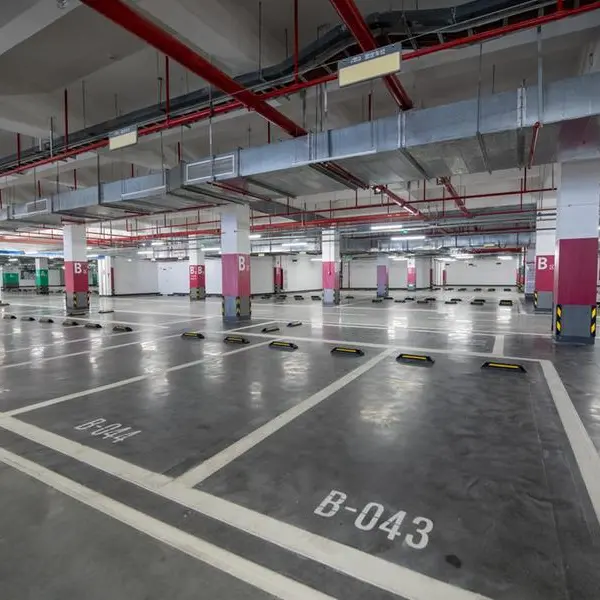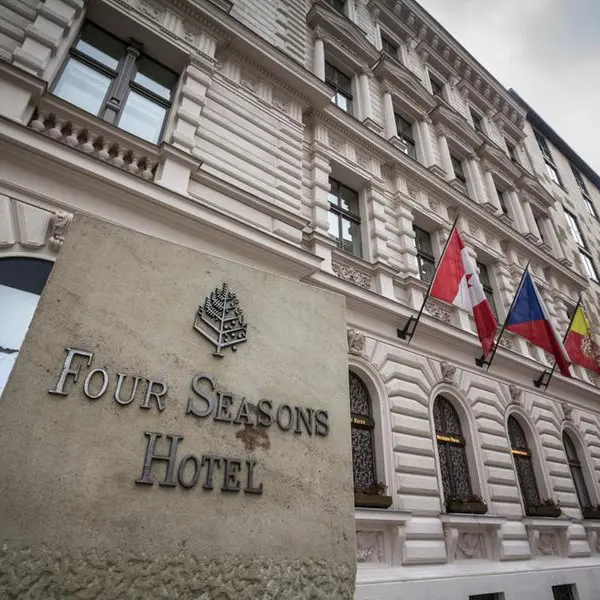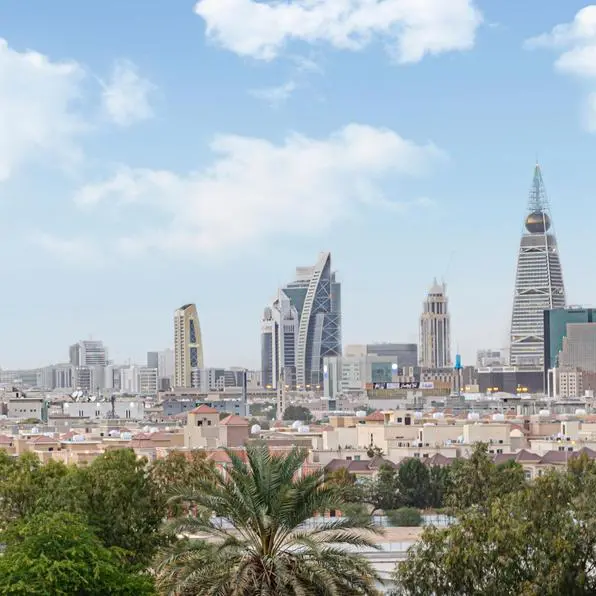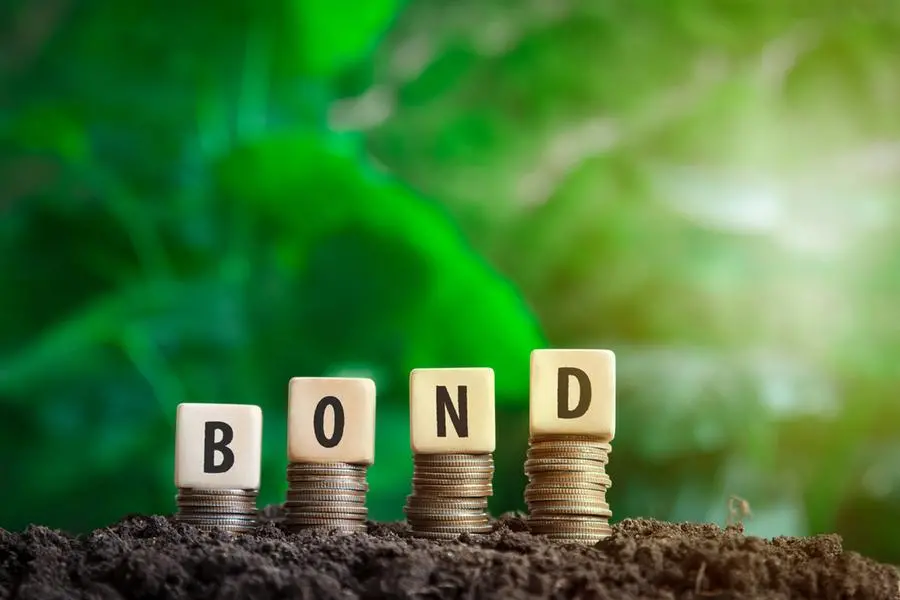The pivotal role accorded to Oman Investment Authority (OIA), the Sultanate’s integrated sovereign wealth fund, in sustaining the nation’s long-term economic development has been highly cited by the International Monetary Fund (IMF) in its latest report on Oman’s post-pandemic economic recovery and medium-term outlook.
Established early last year, the Authority manages the country’s existing sovereign wealth funds (notably the State General Reserve Fund SGRF and Oman Investment Fund OIF), as well as the complete array of state-owned enterprises previously overseen by the Ministry of Finance.
Total assets of the Authority, as of March 2021, amounted to $42 billion, which is equivalent to about 66 per cent of the country’s gross domestic product (GDP), the IMF in a report summarising its latest Article IV consultations with Oman’s authorities.
A third of OIA’s total assets, the Washington DC-based global financial institution further noted, are invested in public markets, while the rest are distributed across a range of public enterprises and private markets.
The report noted in particular OIA’s far-reaching role in ensuring that the investment objectives and performance of the public enterprises under its mandate broadly align with the Omani government’s vision for the Sultanate’s economic development.
Government investments and public enterprises (with the exception of Petroleum Development Oman (PDO), the country’s biggest oil and gas producer) were brought under OIA’s administrative oversight last year. With assets totaling about $18.2, they account for about 28 per cent of GDP.
They include as many as 139 state-owned enterprises (SOEs), distributed across 11 sectors, with a combined workforce of around 36,000 employees.
“The aim of OIA with respect of SOEs is to enhance their efficiency and improve the governance, and eventually privatise them in the future,” the Fund noted in its report.
“OIA launched ‘Rawabet’ a special programme, to enhance the governance of SOEs, realise synergies and align their strategies with Vision 2040, which focuses on economic diversification, enhancing non-oil revenue, and attracting more FDI. Furthermore, OIA is responsible to pay dividends to the public treasury on an annual basis,” it further stated.
In particular, the Fund welcomed efforts to reform the SOEs with the goal of enhancing their competitiveness and enabling the efficient management of public resources.
“The OIA’s plan to enhance the efficiency and governance of SOEs and privatise some is progressing well,” said the Fund in its report.
“The near-term priorities continue to be on strengthening corporate governance by publishing audited financial statements, assessing each entity’s business strategy and public policy considerations, and mitigating financial exposures including intra-public sector assets and liabilities.”
The Fund noted in this regard joint efforts by OIA and the Capital Market Authority (CMA) to formulate a Code of Governance for SOEs.
The initiative, modeled on guidelines enacted by the Organisation for Economic Cooperation and Development (OECD), will make it easier for SOEs to be offered for privatisation through the IPO route, it said.
Additionally, the Fund welcomed the establishment of a high-level Debt Management Committee to coordinate sovereign debt issuance and manage financial exposures. Represented on the panel are the Ministry of Finance, Central Bank of Oman, Capital Market Authority and OIA.
The mandate of the committee is now proposed to be expanded to cover sovereign assets and liabilities, identify and mitigate sovereign risk exposures, decide on borrowing versus asset drawdown given the cost of carry, and assess sustainability of the sovereign balance sheet, the IMF report added.
2021 © All right reserved for Oman Establishment for Press, Publication and Advertising (OEPPA) Provided by SyndiGate Media Inc. (Syndigate.info).
